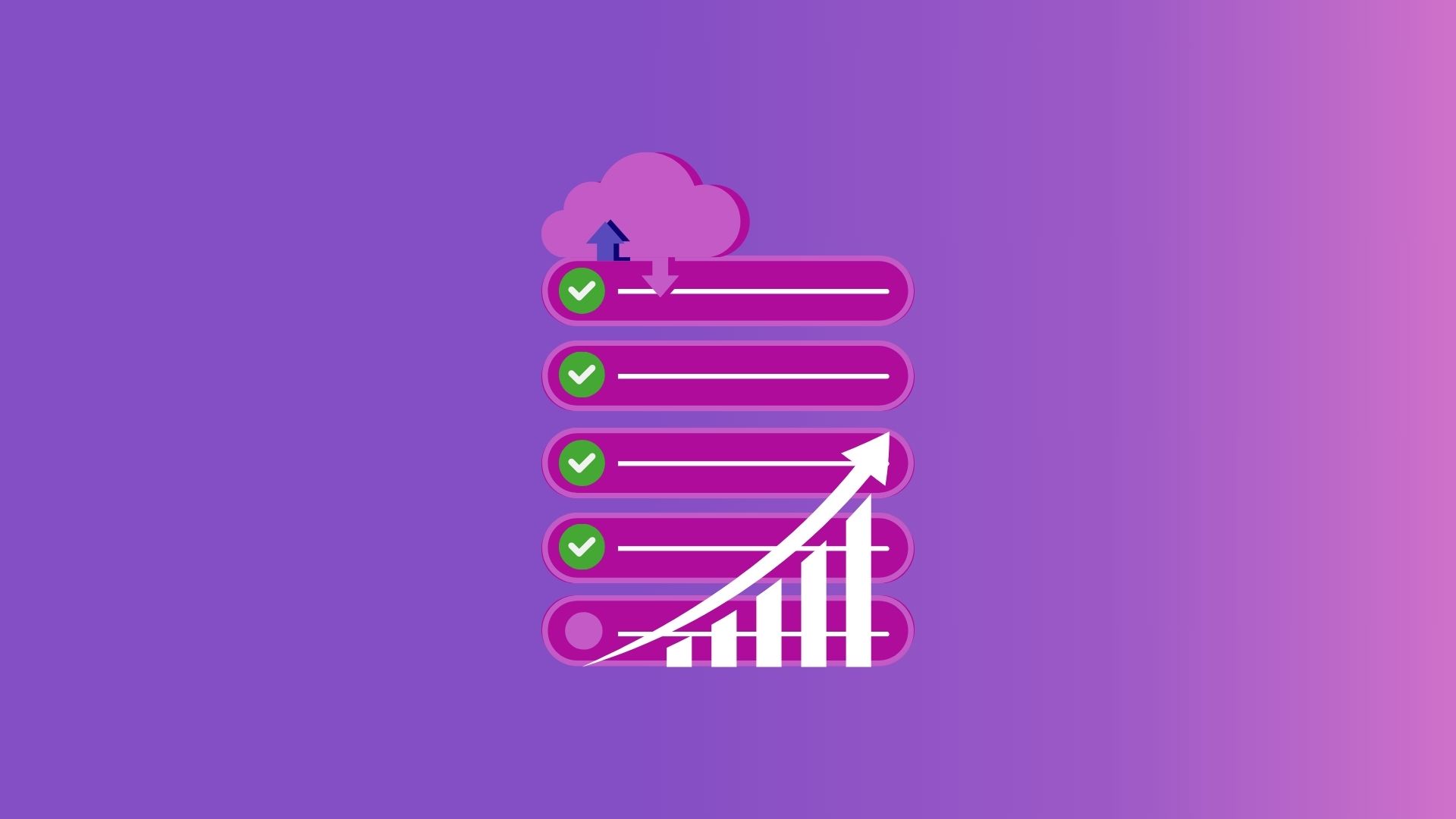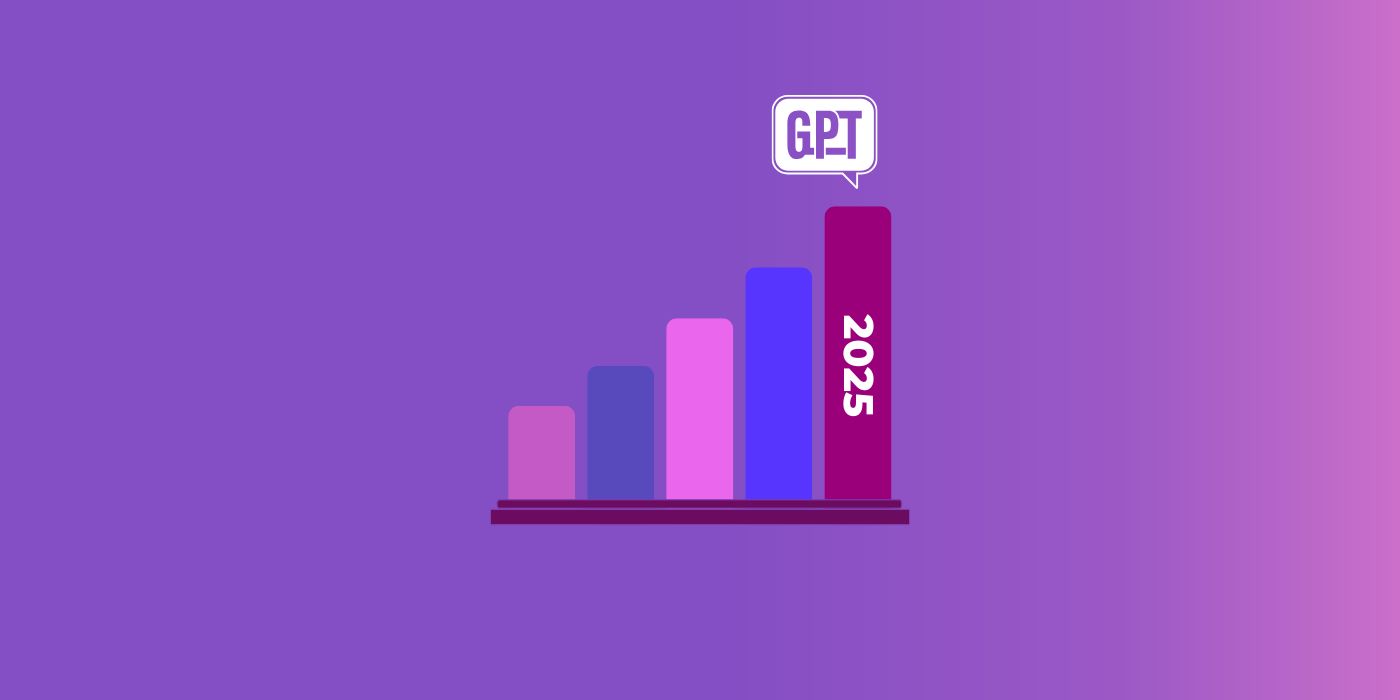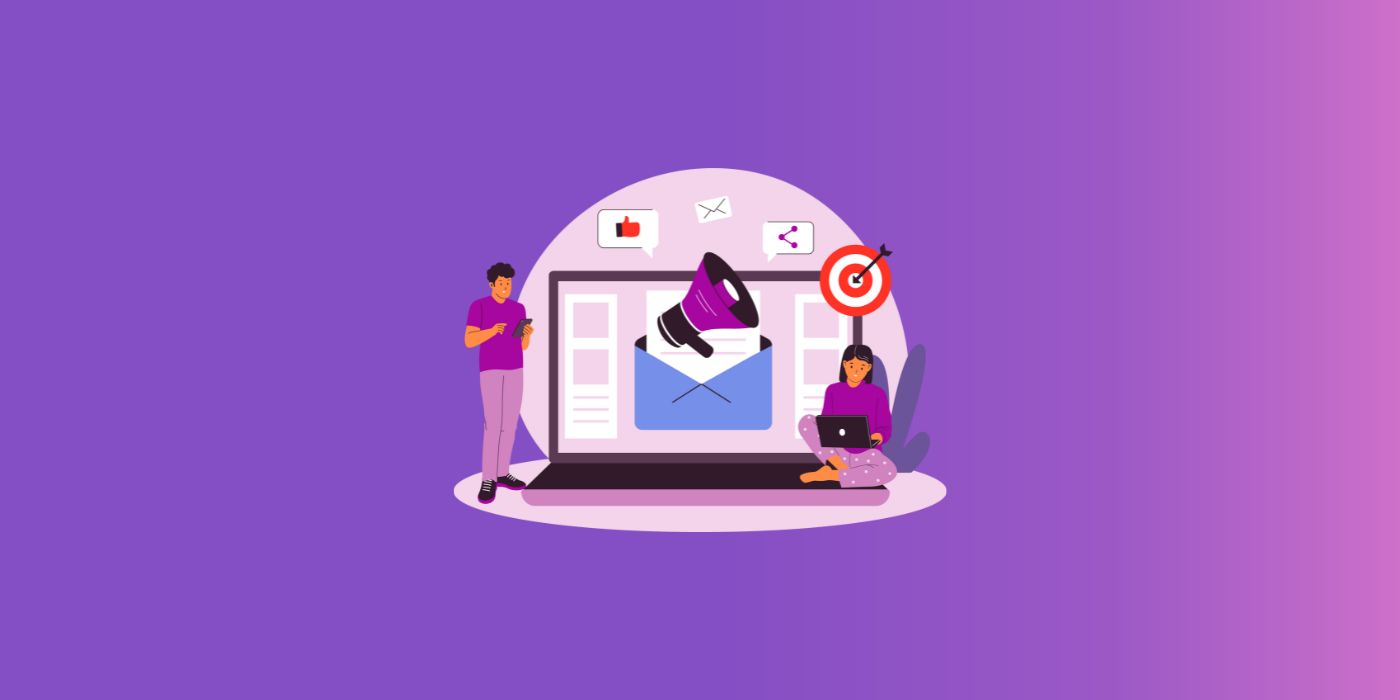10 Step SaaS SEO Checklist to Grow Your Website in 2025

Here’s a piece of good news: we just made the ultimate SaaS SEO checklist for you. Now, you just must refer to this list for the regular SEO check-ups that you need to do. So, if you want to boost your website’s visibility and engagement, refer to this 10-step SaaS SEO checklist of 2025.
Importance of Having a SaaS SEO Checklist
Why do you need a SaaS SEO checklist in 2025? As you might have known by now, you don’t know exactly when the trends in the market will change. Seasonal trends are something that you can predict, but customer pain points and technological advancements will always be difficult to foresee.
Search engine optimization is a critical component of SaaS marketing strategies, helping companies boost organic traffic, domain authority, and overall visibility. An SEO checklist is essential for maintaining effective search engine optimization practices and ensuring your efforts stay aligned with industry changes.
Having said that, an effective SEO checklist could serve as your torch or guiding light. This list could get you back on track, especially during times when you suddenly see a dropoff in your organic traffic, click-through rates, engagement numbers, and paid ads reach.
As a SaaS company that relies on conversions and subscription renewals, it is important that you engage and re-engage with your niche customer base. It is a continuous process of addressing the ever-changing needs and interests of your audience, a responsibility that could be made easier if you follow this 10-step SaaS SEO checklist that we made for you.
10-Step SaaS SEO Checklist for 2025
With the constant changes in the SEO space, it is crucial to adhere to a set of guidelines to ensure that your SaaS website has a clear marketing strategy. These guidelines encompass essential SEO strategies and come in the form of a SaaS SEO checklist, which is an actionable list of SEO components that you always need to optimize.
SEO is not just about content creation; there are other facets, like off-page SEO and technical SEO, that you also have to prioritize. This checklist is designed to help any SaaS business website improve its SEO. Don’t worry too much, though. Just follow this 10-step checklist, and your website should be good to go.
Do keyword research
Keyword research is a painstaking process that is impossible to pull off overnight. It is a never-ending journey of getting to know your customer base, especially those who are in your niche space. You need to know where their interests lie, along with the specific problems that they need specific solutions for.
Identifying targeted keywords for your SaaS business is crucial, as these keywords help you reach the right audience and improve your chances of ranking higher in search results.
So, it goes without saying that you need to know your niche audience first. Once you get that right, keyword research will become easier because you now have a guiding light as to which direction you need to take.
Understanding search intent is also essential, as it helps you select keywords that match what users are actually looking for. It also helps that you don’t have to do everything on your own. There are numerous keyword research tools with free, limited versions, including the ones below:
Google Keyword Planner is a key tool for analyzing search volume and keyword opportunities, helping you prioritize keywords based on their popularity and competition.
These are just some of the tools you can use for keyword research, and the best part is they offer free versions that can immediately help you. For example, Google Search Console is already tied up with your CMS (Content Management System), so you just need a couple of minutes to set it up.
When conducting keyword research, it’s important to consider search volume to prioritize which keywords to target for maximum impact. Additionally, performing a keyword gap analysis can reveal valuable keywords your competitors rank for but you do not, helping you uncover new opportunities to improve your SEO strategy.
Here are the main types of keywords and their roles in SEO:
- Primary and secondary keywords: Primary keywords are the main focus of your content, while secondary keywords support and add context, improving keyword diversity and relevance.
- Navigational keywords: Used by users to find a specific website or page, often including brand names or URLs.
- Informational keywords: Target users seeking information or answers, attracting those at the early stages of the buying funnel.
- Commercial keywords: Used by consumers researching products or services, helping present offers and facilitate decision-making.
- Transactional keywords: Indicate strong intent to make a purchase or complete an action, such as “pricing” or “buy now.”
The important thing here is that you don’t stop researching the keywords that your customers are searching for. Their interests and needs change from time to time, so you need to keep up if you want to have relevant and useful SEO content.

Analyze competitor movements
Competition is what you make of it; it becomes healthy when you know how to take advantage of all the possible information that you can get (legally) from it. There is no shame in knowing what they are capable of and what they are not, and it’s also all good and nice to analyze their positive and negative impact on your niche market.
Doing SEO competitor analysis is a crucial part of your SaaS SEO checklist, as this gives you a glimpse of the things you need to do and those that you would want to avoid. To start your SEO competitor analysis, the first step is to know who your competitors are, something that you can do by checking which websites are ranking on the first page of your niche-relevant keywords.
Once you have a list of competitors, you now have to look for their specific strengths. What are the keywords that they are ranking for? Do they have striking headlines and unique CTAs (Call To Action)? How are they doing on social media platforms?
You have to remember that the SaaS space is an enormous market – it is bound to reach the $299-billion threshold by 2025. You will always have competition, but it’s up to you if you want to make it a healthy one.
Outline a customer-centric content strategy
After checking the first two boxes (keyword research and competitor analysis) in your SaaS SEO checklist, the next step is to outline your content strategy. When developing a new SaaS website or optimizing a current one, the first thing that comes to mind is to improve your product landing pages.
That is only partly true since there’s a gold mine of content types that you can create to make your website more visible and informative. To maximize your SEO efforts, it’s essential to consistently create content that addresses user needs and targets relevant keywords.
Having keyword-rich and SEO-optimized product landing pages is very important, but you should also pour energy into creating helpful content for your audience base. After all, this type of content is what Google is encouraging websites to focus on, as it directly addresses the pain points of the users. There are different types of SaaS SEO content that you can cover, including:
- Case studies
- Testimonials and reviews
- Video content
- Whitepaper
- News and updates
Most importantly, you should also pay attention to how relevant your content is. If you’re optimizing content strategy, it is vital that you check if your articles and posts are still up to date with what’s going on in the market. Don’t hesitate to update your content pieces, especially those that have trending keywords and topics. Content marketing plays a crucial role in SaaS SEO strategy by supporting brand visibility and engagement through targeted, high-quality content.
Review your on-page SEO elements
Along with keyword research and helpful content, optimizing your on-page SEO elements is a must if you want to rank on the first page of major search engines like Google. On-page SEO refers to the components that could enhance UX (User Experience) and readability while also making it easier for search engines to understand and rank your content.
Even if you have a killer content strategy, it does not matter if you cannot rank on the first page due to on-page SEO errors. If you need a list of the essential on-page SEO elements that you need to regularly check up on, take a look at these components below:
- Optimized title tags
- Headers
- Meta descriptions
- Keyword volume
- Image optimization
- Schema markup
- SEO-friendly URLs
- Internal and external linking
- Page loading speed
Optimizing title tags and meta descriptions is crucial for better search visibility, as they help define your page in search results and improve click-through rates. Using SEO-friendly URLs that are short, descriptive, and keyword-rich not only improves user experience but also helps search engines better understand your content, making your pages easier to index and share.
Each of these elements has a little clink in the armor that you need to work on. For example, optimizing the images you use on a specific page is more than just reducing their file size.
You should also include an image alt text, give it a specific file name, and make sure that the photo is relevant to your content. Incorporate primary and secondary keywords naturally in image alt text and file names to further enhance SEO.
Overall, it’s not that difficult to optimize your on-page SEO attributes. You just have to pay attention to the small details, all of which will have a big impact on your website’s visibility and ranking. Be sure to avoid keyword stuffing by maintaining a natural keyword density and integrating keywords thoughtfully throughout your content.

Improve mobile responsiveness and loading speed
As we mentioned in the previous section, loading speed is one of the most essential components of on-page SEO. Improving site performance and website performance directly impacts user experience and SEO, as faster sites keep users engaged and reduce bounce rates.
Even in your own experience, it’s likely for you to just exit a session if a web page takes more than five seconds to load. On the web, the standard page load time should be under two seconds; anything more than three seconds could force users to click the “back” button and try a page from your competitor.
But as for mobile users, page loading speed becomes even more important. You should know that there are more people who search via their handheld devices, so it’s crucial that your website is mobile-responsive. A site’s performance on mobile devices is critical for SEO, as slow-loading mobile pages can negatively affect rankings and user satisfaction.
Of course, loading speed depends on many factors, including how fast the wireless connection or mobile network on which the user is connected. However, it doesn’t help if your page is loaded with too many multimedia elements and advertisements. A heavily packed page would take forever to load, and it doesn’t bode well for readability, either.
To emphasize the importance of mobile responsiveness, Google is encouraging websites to prioritize mobile-first indexing. This is no surprise, given that the larger chunk of searches and queries comes from mobile devices.
Monitoring your site’s performance using tools that measure core web vitals is essential, as these metrics – covering loading performance, responsiveness, and visual stability – directly influence search rankings and overall website optimization. So, we recommend that you stay up to date with search engine algorithm changes and make sure that your website is intuitive and responsive on mobile platforms.
Enhance page readability
Knowing what to write about and who to write it for are essential in your SaaS SEO content strategy. As soon as you have identified the pain points of your customers, content ideas will come trickling in for you. The next step is to write every piece with gusto, aiming to educate your audience and provide them with a solution to their problem.
However, there is one aspect of content writing that many people tend to overlook. For your readers to stay in session and read through the entire piece, you have to improve the readability asset of your content. Readability is very important, especially in the case of long-form pieces of informative content.
Do you have straightforward headings for each section of your piece? Are you prioritizing helpful and creative content rather than stuffing the piece with keywords? If your answer is yes to these questions, that’s a good start. There are more things that you can do to improve page readability, including the ones below:
- Avoid using extra-long sentences, as this can exhaust the readers
- Avoid using too many technical terms or idioms
- Avoid being too authoritative; use a conversational tone
- Avoid the use of too many images
- Avoid inserting too many internal and external links
Page readability contributes a lot to your SEO score, especially in terms of bounce rate, engagement rate, and session duration.
Streamline website architecture and navigation
Your website should not feel like a maze or a puzzle for your visitors. There should be visible buttons and categories for each section of your site so that it becomes easier for users to see what they are looking for. These characteristics make up your website architecture, which is very important in your search engine rankings.
If your website looks random and out of sorts, users will be discouraged from exploring what you have to offer. This will result in a very high bounce rate, which will affect your rankings. On top of that, it would also affect how search engines will crawl your site.
So, if you want to improve your website architecture and navigation, here are several principles to get you started:
- Simplify your navigation menu. Create a direct list of important categories.
- Update your HTML and XML sitemap regularly.
- Include keywords in your URL structure.
- Make a consistent structure of categories. Names of categories and sub-categories should be consistent throughout the site.
- Add a search button where users can type in the keywords for what they’re looking for.
Most importantly, your internal linking structure should be precise and relevant. This would encourage your users to click more internal links on your pages, something that could improve your SEO rankings. Using a strategic internal link can guide users to key pages, such as demo requests or sign-ups, and further enhance your website’s SEO performance.

Amend any technical SEO errors
Speaking of website architecture and navigation, these technical attributes should always be included in your SaaS SEO checklist. Conducting a regular technical SEO audit or SEO site audit is crucial for identifying and fixing technical issues that may impact your rankings.
Refining your site navigation is just the first step in optimizing technical SEO, as there are other aspects that you need to regularly check. SaaS technical SEO also involves optimizing crawlability, indexability, and site security to ensure your website performs well in search results.
For example, page loading speed and mobile responsiveness are also essential elements in technical SEO. We won’t dive deep into that as we already discussed these factors in the previous sections. There is more to technical SEO, including these components that we listed for your reference:
- Check for duplicate content errors
- Identify crawl and index errors
- Submit Xan ML sitemap to search engines like Google
- Review your robots.txt file
- Check for broken links or 404 error pages
Additionally, make sure your site is accessible to search engine crawlers and search engine bots by optimizing your website structure and technical settings. Technical SEO should also consider compatibility with other search engines beyond Google to maximize your site’s visibility.
On top of all this, there’s also the fact that you need a web host that has the capacity to keep your website up and running. There are tons of good and cheap web hosting providers out there, including Hostinger, Bluehost, HostGator, DreamHost, and SiteGround. You should choose a hosting option that can accommodate the amount of traffic your website receives, along with the size of your website.
As you continue to create more content for your website, it’s important to regularly have a technical SEO check-up or technical SEO audit to make sure that potential visitors will not stumble upon broken links or duplicate pages.
9. Optimize images for speed and SEO
Optimizing images is a crucial yet often overlooked part of your SaaS SEO checklist. Search engines like Google factor page speed into their ranking algorithms, and large, unoptimized images can slow down your site, hurting both user experience and your search engine rankings. To ensure your web pages load quickly and efficiently, use tools like Google PageSpeed Insights to identify images that need attention.
Start by compressing images to reduce file size without sacrificing quality. Choose the right file format, such as WebP or JPEG, for faster loading. When you upload images, always use descriptive file names and alt tags that include your target keywords.
This not only helps search engines understand what your images represent but also improves accessibility for all users. By optimizing images for both speed and SEO, you’ll create a smoother experience for visitors and give your SaaS website a boost in search engine results.
10. Implement structured data and schema markup
Structured data and schema markup are powerful tools for helping search engines understand the context of your content. By adding schema markup to your web pages, you provide search engines with detailed information about your SaaS business, such as product features, reviews, pricing, and more.
This extra layer of information can enhance your listings in search engine results pages (SERPs) with rich snippets, making your site stand out and attracting more clicks.
To get started, use Google’s Structured Data Markup Helper to generate the right schema for your content. Implementing structured data ensures that search engines understand the relationships and meaning behind your information, increasing the chances of your content appearing in relevant search results.
For SaaS companies, this can mean better visibility for product pages, reviews, and FAQs – ultimately driving more qualified traffic to your site.
11. Strengthen E-E-A-T (Experience, Expertise, Authoritativeness, Trustworthiness)
Google’s search quality guidelines increasingly prioritize content that reflects genuine, first-hand experience, especially in areas where users rely on accuracy and trust. As highlighted by experts at Search Engine Journal, demonstrating real experience is essential in establishing credibility and building a trustworthy online presence.
For SaaS businesses, this means creating content that doesn’t just share theoretical knowledge but also real-world insights. Include stories from actual product usage, challenges solved for clients, or firsthand lessons learned by your team.
Whether it’s a detailed case study, user review, or behind-the-scenes explanation, showcasing lived experience adds authenticity that both users and search engines value.
Additionally, strengthen trust by including clear author bylines, full bios, and any relevant credentials that show your team’s practical background. The more transparent and experience-driven your content is, the more likely it is to earn trust, engagement, and improved rankings.
12. Ensure website security and build user trust
Website security is a non-negotiable aspect of any SaaS SEO strategy. Search engines prioritize secure websites in their rankings, and users are more likely to trust and engage with a site that protects their data.
Make sure your SaaS website uses an SSL certificate and is served over HTTPS to safeguard user information and signal trustworthiness to both visitors and search engines.
Regularly monitor your website’s security status using Google Search Console, which can alert you to potential vulnerabilities or issues. Beyond technical security, build user trust by being transparent about your business practices, offering clear product or service information, and responding promptly to customer inquiries.
A secure, trustworthy website not only improves your search engine rankings but also encourages users to convert and become loyal customers.

Refine backlink strategies
When you want to apply for a job or a position in graduate school, you tend to ask for recommendations from your previous employers or teachers. These recommendations will speak of your character and capabilities, which would make you look better and increase your chances of landing your desired position.
Earning backlinks from other high-authority websites has a similar purpose to that of asking for a recommendation letter. It boosts your website’s credibility and offers you exposure on authoritative websites that drive thousands or even millions of monthly visitors.
Link building is a key off-page SEO strategy focused on earning backlinks to improve your website’s authority and search engine rankings. Most importantly, this helps improve your search engine rankings and your domain authority as well.
However, getting backlinks from high-authority websites is not as easy as 1-2-3. Many people are inclined towards buying backlinks, which is not illegal, but isn’t encouraged either. This strategy is not a type of organic growth, which is something that search engines do not prioritize.
To earn backlinks, you need to craft highly informative and helpful content that other websites will notice and link to. If you are trying to reach out to websites for guest posts, you have to aim for those who are in a similar or relevant niche to yours. This way, you’re tapping into a customer base or a market that you’re in as well.
Create clear-cut CTAs
With all the technicalities and intricacies that it has, SEO is a digital form of marketing. It emphasizes providing (not promising) real solutions for your niche customer base while aiming for organic growth in terms of brand awareness and visibility. It’s no surprise that SaaS companies are diving deeper into digital marketing, with SEO as one of the most important focal points.
Similar to other forms of marketing, promoting your brand through attention-grabbing headlines always has a level of effectiveness. Also known as CTAs, these lines serve as your audition for your potential customer’s attention. If they become enamored with your CTA, chances are they will be interested in your product or service as well.
This is the reason that constantly optimizing your CTAs is a big part of your SaaS SEO checklist. Along with the attention-grabbing headlines, CTAs could also come in the form of clickable buttons that will take your customers to a page that they’re interested in. Make sure that your CTA buttons are visible, and always check that the pages that they are linked to are optimized and working.
Optimize your landing pages
Speaking of optimizing links and pages, your landing pages should always be revised and updated. Since these are the pages that you are actively promoting and sharing on your platforms, they act as your brand’s first impression to your audience’s eyes.
Make a wrong one, and you will lose out on a potential customer. Optimizing your landing pages not only enhances user experience but also directly improves your search ranking and overall SEO performance.
So, how do you optimize your landing pages to the tune of your branding? The first step is to always identify the current pain points of your audience. The main reason why you need to regularly refine and reword your landing pages is that the interests of your customers change over time.
Your landing pages should always be aligned with these current interests, along with seasonal trends in the market.
As times change, the things that compel your audience alter as well. If you want to make your landing page seem inviting and relevant, constantly researching your audience is the way to go. Make sure that your CTAs, headlines, product descriptions, and the whole copy are updated to a customer-centric concept.
Keep up with search engine updates
Google’s March 2025 core update introduced major changes that affected many websites, especially in industries like iGaming. The update focused on improving search result quality by rewarding sites with high-quality, helpful content and strong trust signals.
Websites that publish original, well-written content and clearly show expertise saw improvements in rankings. On the other hand, sites with low-value or overly promotional pages experienced traffic drops.
To stay ahead, it’s important to regularly review how updates affect your site. Keep your content fresh, useful, and user-focused. Paying attention to Google’s updates helps you stay visible in search results and maintain a strong online presence.
Measuring SaaS SEO ROI and Revenue Impact
Measuring the ROI and revenue impact of your SaaS SEO efforts is essential for understanding how your strategy contributes to business growth.
Use Google Analytics to track key metrics such as organic traffic, user engagement, and conversion rates. Monitor your search engine rankings to see how your SEO checklist is influencing your visibility in search results.
Leverage SEO tools like Ahrefs or SEMrush to analyze your backlink profile and keyword rankings, ensuring your SEO strategy is driving real results. By regularly reviewing these metrics, you can identify what’s working, refine your approach, and maximize the impact of your SEO efforts.
A comprehensive SaaS SEO checklist should always include ongoing performance analysis, helping you align your SEO strategy with your business goals and drive sustainable revenue growth for your SaaS company.
Conclusion
To help your website maintain its relevance in your niche market, you should regularly review your SaaS SEO checklist. As you know by now, the SaaS space is constantly evolving, especially with market trends and customer pain points.
When you combine that with the ever-changing nature of SEO, there are tons of avenues that you need to stay up to date with to ensure that your website is on par with your competitors.
This checklist is designed specifically for SaaS websites to help maintain and grow their SEO value over time. From keyword research and content strategy to on-page and technical SEO elements, this SaaS SEO checklist is your guiding light toward increasing website visibility and awareness.
The good news is that these are not so difficult and time-consuming to complete, that is, if you don’t wait for small errors and issues to pile up into big ones. To save time and resources, we recommend reviewing this checklist from time to time.
Follow this SaaS SEO checklist that we made for you, and make sure that your website is protected against errors and issues. If you want to have more details about how to rank higher, just contact us
Read our other articles

Top ChatGPT ranking factors in 2025: Everything brands need to know


Crypto content marketing agency: role, benefits, and how to choose a partner that delivers


LLM SEO strategies 2025: practical tips to optimize for AI-powered search results






